Guest Blog Post by author Suzy Witten
I’m excited to announce that for the next three days authors Suzy Witten, Erika Mailman, and Mary Sharratt will be guest bloggers here, sharing stories of how witches became affiliated with Halloween! All three of these authors have written novels delving deeply into the world of the “witch”. Looking for a good Halloween read? Or wanting to know more about this subject matter?
Read their novels: The Afflicted Girls by Suzy Witten, The Witch’s Trinity by Erika Mailman, and Daughters of the Witching Hill by Mary Sharratt.
Now, I’d like to introduce author Suzy Witten and her fascinating post on the multicultural history of how witches became connected with Halloween…
“Ask a child: who rides a broom on Halloween night? Of course, she’ll know.
Then ask: but why are witches associated with Halloween? You’ll get a shrug.
Because she’d have to look back thousands of years… to when on Yule night in Norway, goddess Reisarova and her witch hordes mounted their black steeds with eyes of shining ember, and during the wild ride would cast down saddles onto roofs, foretelling death for the occupant.
Or when the troll witch giantess Hyrrokin rode through her Swedish skies on a wolf bridled with snakes.
Or when on Lithuania’s midsummer night, all magicians and witches flew to the top of Mt. Szatria to revel with their mighty sorceress Jauterita.
Or when in the Scottish highlands at summer’s end, with a wand of power in her hand, grey-cloaked crone Nicnevin led her witch fairies and goblins astride animal spirits in a great celebratory Parade. Or when in Ireland, the beings and souls of the Otherworld—some of them human who’d been turned into cats for evil deeds—assembled at the sacrificial bonfire of the Druids among the people to honor the dying natural world in the presence of the aged Crone, the Hag, the Cailleach… all knew would re-emerge in spring as a beautiful, powerful maiden. For it was on Samhain night that the barrier between the worlds was so thin, spirits who were homesick could re-enter this mortal world and commune with and visit their loved ones.
In the German-speaking countries of Eastern Europe, the Old Goddess might appear at harvest’s end as an ugly, long-nosed spinster. On this Ember Night, she’d bring treats or play tricks: spindles of finished thread for industrious girls, dirtying or tangling the unspun flax of lazy spinners. Sometimes she’d sport a tooth or nose of iron, or carry live coals in her pitcher for burning their distaffs. Her job was to reward and punish children. Often she took the form of a pig.
In time, she became a myth… as did her namesakes.
“At the end of the middle ages an international myth of the Old Goddess stretched from the Slavic east to the Celtic west and from Italy to Scandanavia. People said that a vibrant, powerful crone flew in the midst of a cavalcade of spirits dead and unborn, joined by witches of all lands. On the eves of pagan holy days the spirit hosts set out for high mountaintops or other sacred places. At these animist sanctuaries the witches dance, play music and games, feast and celebrate their mysteries. The divine “Mistress of the Night” presides over the gathering, giving cures and revealing the future. Often she miraculously revives the animals the witches have been feasting on.” (The Tregenda of the Old Goddess, Witches, and Spirits; Max Dashu (2000))
In these seemingly unrelated populations of pre-Roman, pre-Christian times, the Old Goddess’ names and manifestations were many. She was secure in her recurring reverence… until in the 1st Century B.C, the Romans invaded Northern Europe and brought their own festivals and goddesses with them.
Over the next four centuries, old and new customs merged, until by the 4th Century A.D., Roman Emperor Constantine declared Christianity everyone’s lawful religion and launched a holy war against Paganism and its symbols. The old practices were “Christianized,” and the old names, rites, meanings, symbols were recast.
By the 8th Century A.D., the Pagan holy day of Samhaim was celebrated as Hallowmas: a triple Christian holiday comprised of All Hallow’s Eve or Hallowe’en (October 31), All Saints Day or All Hallows Day (November 1), and All Souls Day (November 2). This was still the time of year to remember the dead… but now the dead included martyrs and saints, and all faithful departed Christians.
As for the rest of us, it is the night when witches ride brooms, ghosts come a’haunting, and skeletons rise from graves… to shout in every doorway: “Trick or treat!”
EXCERPT from THE AFFLICTED GIRLS A Novel of Salem by Suzy Witten
“Abigail sailed up and set her hand upon the Good Book (which her uncle held) swearing to speak the truth (while gazing into his proud eyes). And then she looked visage to visage at the jurymen, memorizing each of their expressions for a future accounting. She knew their names, although not in the current sitting order—she’d memorized a list left out on her uncle’s desk: Fisk, Fisk, Batcheler, Fisk Jr., Dane, Evelith, Perly Sr., Peabody, Perkins, Sayer, Eliot, and Herrick Sr. She’d wondered then if any were bachelors. Now she didn’t care, since not a handsome face sat among them. She also looked about the room to make certain all were attentive. Especially that Boston minister Cotton Mather, who was scribbling in his book and thus failed to see her smile. Disappointed, she began with a pout:
“I saw Bridget Bishop administer the sacrament on the Witches’ Sabbath. Midnight of the last new moon, I was awakened by the sound of a great horn blowing—“
By now the courtroom had dissolved into the supernal light and in her mind’s eye she beheld her uncle’s pasture, but greener and vaster and brighter than it ever was. Brim full with cowslips, a frothy brook, pretty blue and white violets, fragrant lilies, and of course no screeching crickets, biting bugs or grunting frogs, only golden billowy butterflies—no, NO! ‘Twas midnight when the witches consorted! She blinked and now saw a hint of a slivered moon, her ally, dangling not above the crabapple tree, but a tree abundantly adorned with crisp red succulent apples, bigger and rounder than were Eve’s.
“I ran to my window and saw from all directions the damned mounted on their broomsticks. A great whirlwind had arisen. Then those three-score witches swirled down and landed in my uncle’s pasture like a flock of cackling caw-birds. They grounded their sticks and, one by one, renounced their Baptisms. The witches took out red bread and cake from their pockets, while the wizards built a great bonfire. Then all shed their clothes and danced naked around it. Bridget Bishop walked amongst them giving them blood to drink: ‘Consecrated wine of newborn .”
 Suzy Witten’s career spans twenty years in the entertainment industry: as a filmmaker, screenwriter, story analyst, and editor for film and television. A graduate of USC’s School of Cinematic Arts, she was nominated for a Women In Film filmmaking award, and was a Walt Disney Studios Fellowship finalist for her screenplay about the Salem witch hunt of 1692. Her new Young Adult coming of age action-adventure novel 10/10ths will be published in 2014. She is also a Media Relations specialist during disasters for FEMA (U. S. Federal Emergency Management Agency). She resides in Los Angeles. Her debut novel, The Afflicted Girls, won the 2010 Independent Publisher (IPPY) silver medal for historical fiction.
Suzy Witten’s career spans twenty years in the entertainment industry: as a filmmaker, screenwriter, story analyst, and editor for film and television. A graduate of USC’s School of Cinematic Arts, she was nominated for a Women In Film filmmaking award, and was a Walt Disney Studios Fellowship finalist for her screenplay about the Salem witch hunt of 1692. Her new Young Adult coming of age action-adventure novel 10/10ths will be published in 2014. She is also a Media Relations specialist during disasters for FEMA (U. S. Federal Emergency Management Agency). She resides in Los Angeles. Her debut novel, The Afflicted Girls, won the 2010 Independent Publisher (IPPY) silver medal for historical fiction.
Thank you Suzy for sharing this informative and intriguing article!

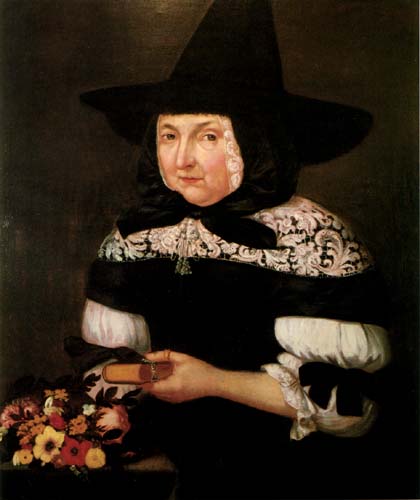
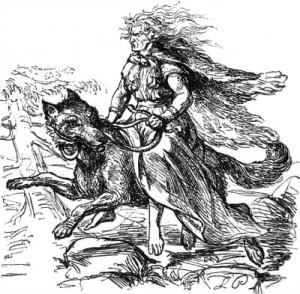
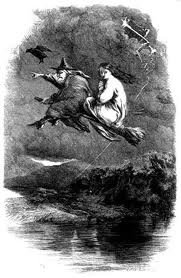
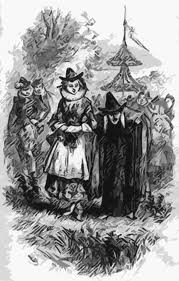
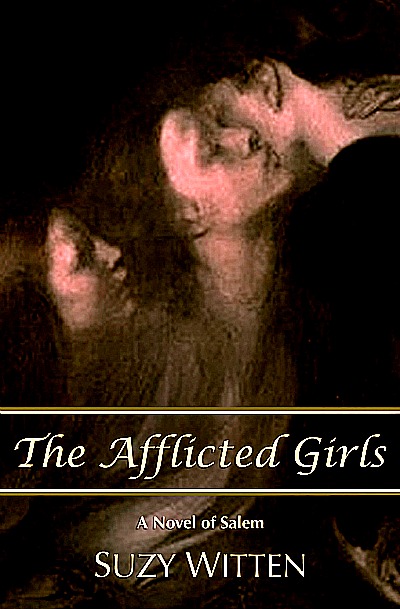
Great post! Love that book cover.